 WWII vet SSGT Edwin A. Haugh, Sr. (Grandfather of author) WWII vet SSGT Edwin A. Haugh, Sr. (Grandfather of author) As we recently commemorated another Veterans Day, there was special cause to remember the local men and women who served in World War I. This was due to the fact that November 11th, 2018 actually marked the 100th anniversary of the signing of the Allied Armistice, a document that drew to a close the fore-mentioned “Great War.” For my generation (X marks the spot), World War I was eclipsed in importance by World War II. Perhaps it’s because many of us could relate to the latter "world conflict" better, having grandfathers who served on the frontlines and grandmothers that could have served as nurses, or worked for the war effort in some way, shape of form. Our parents could relay to us their memories as children of World War II, and we were immersed with references in pop culture during our own childhoods. World War II’s staying power can also be credited to the “Romanticism” attached to World War II, something that is usually said for the American Civil War. Both wars (Civil and WWII) featured very memorable and colorful characters amidst legendary military events. In WWII these included Pearl Harbor, D-Day/ Normandy, the Battle of the Bulge, Midway, Remagen Bridge, Bastogne, and Iwo Jima to name a few—the names themselves evoke vivid imagery unto themselves. This is so much more the case than the place names of WWI: Meuse-Argonne, St. Mihiel, Marne, Montfaucon and Aisne. Paratrooper drops, beach landings and dramatic flag-raisings also seem to lend themselves much better to Hollywood than trench warfare, ground-gain stalemates, and use of flamethrowers and mustard gas between combatants. As a kid, all I could tell you about World War I was a famous battle happened at a place called Verdun and the Red Baron dominated the skies, regardless of what Snoopy and the Sopwith Camel would have you believe in the Charlie Brown/Peanuts cartoons of the 1960's and 1970's. As I continue to learn more about World War I, it seemed to unfold as if screenwriters were already busy at work on Part II. Like most films of a multi-part genre, a common set of characters is paramount in attracting audiences. Interestingly, most of our commanders in World War II had played roles in World War I. The senior officers in the latter conflict had, in many cases, experienced battle first hand as soldiers or junior officers in World War I. A few examples illustrate this point easily, such as President Franklin D. Roosevelt, who served as Assistant Secretary of the Navy in WW1.  A fascinating photo in the National Archives showing then Asst. Secretary of the Navy Franklin D. Roosevelt at the Brooklyn Naval Yard attending the keel laying ceremony for U.S.S. Battleship No. 39 in March, 1914. The irony here is that when completed, this famed naval vessel would be given the proper name U.S.S. Arizona. This ship would be destroyed in the Japanese attack on Pearl Harbor (July 7th, 1941) propelling President Roosevelt to declare war, thus entering the US into World War II.  Lt. Col. Patton Lt. Col. Patton General Dwight Eisenhower served as Supreme Allied Commander in Europe during WWII, but didn’t make it out of the states during World War I. In early 1917, Eisenhower was given command of Camp Colt, Pennsylvania, a post of the newly formed Tank Corps of the National Army. He was promoted to major in April, 1917 and was elevated to lieutenant colonel in October. Ike would be ordered the same month to embark on November 18th with Camp Colt tanks and tank operators for combat service in France. With the deployment made unnecessary by the November 11th armistice, Eisenhower was instead transferred to Camp Dix, NJ. Speaking of tanks, George S. Patton was a lieutenant colonel and oversaw a small tank battalion in Europe during the “Great War.” A fellow lieutenant colonel was George C. Marshall, then an aide to Gen. John J. Pershing (commander of the Allied Expeditionary Force in Europe). He rose through the US Army ranks to become Chief of Staff under presidents Franklin D. Roosevelt and Harry S. Truman (another WWI veteran—Captain, Battery D, 129th Field Artillery, 35th Division). Marshall would eventually serve as Secretary of State and Secretary of Defense under Truman. The famed Marshall Plan, which takes his name, was an American initiative to aid Western Europe, in which the United States gave over $12 billion in economic assistance to help rebuild Western European economies after the end of World War II. 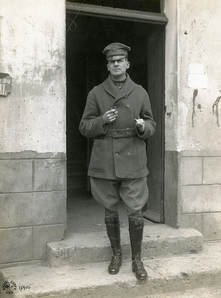 Brig. Gen. MacArthur Brig. Gen. MacArthur Douglas MacArthur was a Brigadier General in World War I, commander of the 42nd Infantry, also known as “the Rainbow Division.” This outfit included the 150th Field Artillery, of whom our own Frederick war hero, Earlston Lilburn Hargett (1892-1918), belonged. Hargett served in the rank of 1st Lieutenant and would die from wounds suffered on September 30th, 1918. Likely unknown to MacArthur at the time was another Frederick boy who also have a hand in commanding a field artillery group in France. This was Allan C. McBride (1885-1944). McBride would be assigned to serve as one of MacArthur's future brigadier generals and chiefs of staff in the Pacific Theater of WWII. He was Chief of Staff for the Phillipines at the time of Japan’s invasion and became a participant in the Bataan Death March and would die in a Japanese POW camp. Another important veteran of both wars, possessing a unique tie to Frederick, was Henry “Hap” Arnold. Arnold holds the unique distinction of becoming the first visitor to Frederick, coming via airplane. Arnold busied himself in the years leading up to World War I with promoting the military’s use of “aeroplanes," and in the process, overcame his own fear of flying. Frederick is part of his success story as "Hap" Arnold made the first aerial flight over Frederick in August, 1911. He had taken off from Camp Myer (VA) and landed his winged machine, designed by Wilbur Wright, at a makeshift airfield northwest of town—the future home of Camp Detrick, later to receive "fort" status.  Capt. H. H. Arnold Capt. H. H. Arnold When the United States entered the war in April 1917, Arnold asked for assignment to France but was told he was needed for duty at Army headquarters, where he was overseeing the expansion of what was then known as the “air service.” By August 1917, he became the youngest full colonel in the Army. He likely inspired, and possibly interacted with, our first home-grown military aviator in 1st Lt. John Reading Schley (b. 1894). Sadly, Schley died during a training mission in Issoudun, France on October 22nd, 1918, just 20 days before the end of the war. By the beginning of World War II, Arnold was head of the Army Air Corps. He was promoted to a five-star "General of the Army." After the war, when the U.S. Air Force was created, Arnold was given the rank "General of the Air Force."  Hitler Hitler I can’t tell you much about the belligerents in World War II, but the biggest of them all, Adolph Hitler, served in World War I, and had quite a varied experience from 1914-1918. Hitler served as a Gefreiter (lance corporal) in the Bavarian Army.  Maj. Gen. Ely Maj. Gen. Ely 25 Years So I spent the last year building a new website, www.MountOlivetVets.com. I made memorial pages for 500 former Frederick residents who participated under some of the legendary men mentioned above. When doing my research on Frederick and World War I, I was taken by an article I found in the pages of the Frederick News, dated November 12th, 1923. This was the fifth anniversary of the signing of the Armistice of 1918, and for the occasion, the Francis Scott Key Post 11 of the American Legion had arranged a special commemorative program at the Frederick City Opera House. The Legion was assisted by a host of local religious leaders, and had a twofold purpose for this event. The first objective was to pay honor to those local boys who fell in the late war, and second, was to present a pertinent message on the value of preparedness in warfare and at home. The keynote speaker on this day was Major-General Hanson E. Ely (1867-1958). Ely served in several conflicts, including the Spanish–American War and World War I, receiving the Distinguished Service Medal and numerous other awards for his role in both. Ely served as the Provost-Marshal of the American Expeditionary Forces of World War I, and at different times commanded the 20th, 2nd and 5th infantry regiments. After the war, Hanson Ely would receive a promotion to major general (1923), and became the commandant of the United States Army War College in Carlisle (PA), a position he served in until 1927. Maj. Gen. Ely told the extensive crowd gathered in Frederick that day that “it was idle to talk of the permanent peace" and predicted another major war in twenty-five years (after the last one). This was an astounding, and eerie proclamation, made all the more pertinent because he was right! We would declare war again in 1941—18 years after this Frederick meeting, and 23 years after the end of World War I. Of the World War I veterans documented here in Mount Olivet, we have about a dozen that served again in World War II in some capacity. One local man, among the 4,000 buried in Mount Olivet, truly deserves credit for shaping Frederick boys into competent, military personnel. He primarily did this as part of Company A of the Maryland National Guard over the first two decades of the century. He would continue to lead as a captain during the Great War, escorting his troops across the Atlantic to France. After the war he kept active with the National Guard, but eventually would be appointed to important state posts, and the highest offices of his hometown’s municipal government. He would serve again in World War II, overseeing a famed military installation in Virginia. This, a decade after dealing rather skillfully with a unique "army" of disgruntled veterans who had come to Frederick. This gentleman lead by example, and was described as “one of the humblest and modest local leaders Frederick has ever had.” He was loved by his soldiers, and the sentiment seemed to carry over to Frederick’s civilian population for the balance of a life which came to a close just two days after our country swelled with patriotic pride in celebrating the bicentennial of the signing of the Declaration of Independence on July 4th, 1976. A Born Fighting Man Elmer Floyd Munshower was born in Frederick County on September 1st, 1885, the son of William T. Munshower and Amanda S. Routzahn. Described as “tall, blonde, modest and unassuming,” Elmer was the oldest of three children and educated in the county’s public school system. His father was a butcher and his mother a dress-maker. During his teenage years, he played sports of all kinds, hunted regularly and managed a farm named Bellview near Frederick.  1929 advertisement 1929 advertisement After one year as a painter, Elmer switched gears and entered into the vocation of electrician with his brother Clarence and another gentleman named L. A. Woodward. The trio worked under the moniker of the Frederick Electrical Engineering Company, later to change to Woodward and Munshower, and finally, Munshower Electric Company. Elmer was a "powerful" figure from the get-go. During his many years in the electrical business, major achievements included the first installation of fire alarms in a number of Frederick’s banks, and the illumination of the “town clock” within Trinity Church’s spire. This latter feat is said to have made history by being the first of its kind in the east part of our country. Elmer also introduced the first metallic electrical conduits, and equipped the electrical apparatus in the first moving picture theater in Frederick.
Company A was mustered out of federal service in 1919 following the end of World War I. Elmer would marry Miss Nellie Stratton in Philadelphia later that year and the newlyweds returned to Frederick and took up residence in Munshower’s childhood home located at 271 W. Patrick St. It wasn't long before he re-enlisted in the service and went about the business of reorganizing Company A. Elmer continued his leadership role, again commanding the locally based outfit until finally accepting the promotion to major. Now he would serve as executive officer of the 1st Battalion, Maryland National Guard. Elmer and Amanda welcomed a daughter into the family in September, 1923. They would name her Beulah. As if family life wasn't enough to occupy Elmer Munshower in addition to his already busy professional and military life, he decided he could serve his community to an even greater extent. Mr. Mayor Munshower had made his mark on many Frederick citizens through Company A, and now the time came for him to do the same on his hometown through politics. Elmer was elected to the Frederick Board of Alderman in 1925 and again for a second consecutive term in 1928. In 1931, he decided to run for city mayor against three-term juggernaut Lloyd C. Culler—and won. Munshower was just the second Republican to hold this post in 30 years. He served more out of a labor of love for his hometown and fellow citizens because the position came with a salary of $600/year, a fraction of what he could make through his successful electrical business. Speaking of electricity, Elmer used his new, elected position to look out for the municipality's public lights which apparently had come under attack in late 1931. One of the highlights of his mayoral term occurred in the summer of 1932 and involved an army of angry veterans. Munshower’s diplomatic skills went on full display as he quelled the “Bonus Army” upon their short stay in Frederick. In the midst of the Great Depression, WWI veterans, known as the “Bonus Army,” had come to Washington to lobby Congress to accelerate the year when they would be eligible for their cash bonuses. On July 28th, 1932, US attorney general William Mitchell ordered tens of thousands of World War I veterans and their families removed from government property as they were encamped on the banks of the Anacostia River in Washington, DC. After Mitchell issued his order, the veterans resisted the DC police. Shots rang out and two veterans were wounded and later died. When told of the violence, President Herbert Hoover ordered the army to clear the veterans’ campsite. Soon after infantry and cavalry regiments began forming on Pennsylvania Avenue. These were under the command of Gen. Douglas MacArthur, the Army chief of staff. The veterans, who thought the troops were marching to honor them, cheered until Maj. George Patton ordered the cavalry to charge them with fixed bayonets and tear gas. As the veterans fled across the Anacostia to their campsite, Hoover ordered troops to stop the assault. But MacArthur ignored the president’s instructions and ordered a fresh attack. The Bonus Army marchers were evicted, along with their wives and children. Their shelters and belongings were burned. When it was said and done, fifty-five veterans were injured and 135 arrested. This group decided to make Frederick one of the bases of its retreat. Munshower arranged to quarter and feed the men at the Frederick Fair Grounds, while select families were cared for at the Frederick Armory. At the same time, he kept the bulk of the "Bonus Force" moving. The local newspaper reported that “there was no ill feeling on either side, and the incident closed with a “good taste” in everybody’s mouth.” In early 1937, state governor Harry Nice appointed Elmer F. Munshower to the position of superintendent of the Maryland State Police. Munshower would serve in this capacity until June 1939 at which time he served as consulting superintendent to reorganize the Baltimore County Police Department. At the onset of World War II, Elmer was appointed commander of Camp A.P. Hill Military Reservation outside Fredericksburg, Virginia. This move has special connection to me as my grandfather spent some time at AP Hill before being shipped overseas to Europe in fall of 1944. Elmer F. Munshower, possessing extraordinary leadership and teambuilding skills, was constantly in demand. After the war, Munshower would be appointed to oversee another Maryland institution, the State Reformatory for Males. Under his direction, he instituted policies of vocational training and rehabilitation, in addition to religious instruction and special physical training. In 1950, he was again elected to the office of Frederick City mayor. He, however, cut short his tenure in June, 1951 when the governor re-appointed him as superintendent of Maryland State Police. Col. Munshower stayed in this job for eight years, retiring from public service in June, 1959. As one would expect, Elmer's service in the civic realm mirrored that in others. He was a lifelong member of Calvary United Methodist Church and taught Sunday School for 20 years. Elmer was a member and past president of the Independent Hose Company and was a charter member of the Frederick Kiwanis Club. It’s certainly no surprise that he was a member of the Veterans of Foreign Wars, John R. Webb Post 3285, the 29th Division Association, a life member of the International Association of Chiefs of Police, the United States Infantry association, a charter member of the Francis Scott Key Post 11, American Legion. In 1974, Elmer F. Munshower was awarded the Maryland Distinguished Service Cross. Elmer's wife Nellie passed in July 1973. Three years later the colonel would join her, dying of cancer on July 6th, 1976. Both are buried in Area FF, Lot 242, fittingly only a few yards away from Mount Olivet’s World War II monument.
A fitting tribute appeared in the July 8th, 1976 edition of the Frederick News: "Colonel Munshower lived a long and useful life. His contributions to Frederick, to his State of Maryland and to his Country were many. He made his mark on our lives and the record will forever show it in our favor. That is the way he lived it; that is the way he wanted it. That was Elmer Munshower—born September 1, 1885, the son of William Munshower and Amada Routzahn Munshower."
0 Comments
Leave a Reply. |
STORIES
|
Archives
July 2024
June 2024
May 2024
April 2024
March 2024
February 2024
January 2024
December 2023
November 2023
September 2023
August 2023
July 2023
June 2023
May 2023
April 2023
March 2023
February 2023
January 2023
December 2022
November 2022
October 2022
September 2022
August 2022
July 2022
June 2022
May 2022
April 2022
March 2022
February 2022
January 2022
December 2021
November 2021
October 2021
September 2021
August 2021
July 2021
June 2021
May 2021
April 2021
March 2021
February 2021
January 2021
December 2020
November 2020
October 2020
September 2020
August 2020
July 2020
June 2020
May 2020
April 2020
March 2020
February 2020
January 2020
December 2019
November 2019
October 2019
September 2019
August 2019
July 2019
June 2019
May 2019
April 2019
March 2019
February 2019
January 2019
December 2018
November 2018
October 2018
September 2018
August 2018
July 2018
June 2018
May 2018
April 2018
March 2018
February 2018
January 2018
December 2017
November 2017
October 2017
September 2017
August 2017
July 2017
June 2017
May 2017
April 2017
March 2017
February 2017
January 2017
December 2016
November 2016






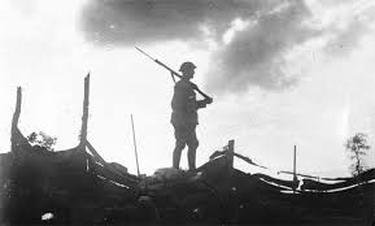


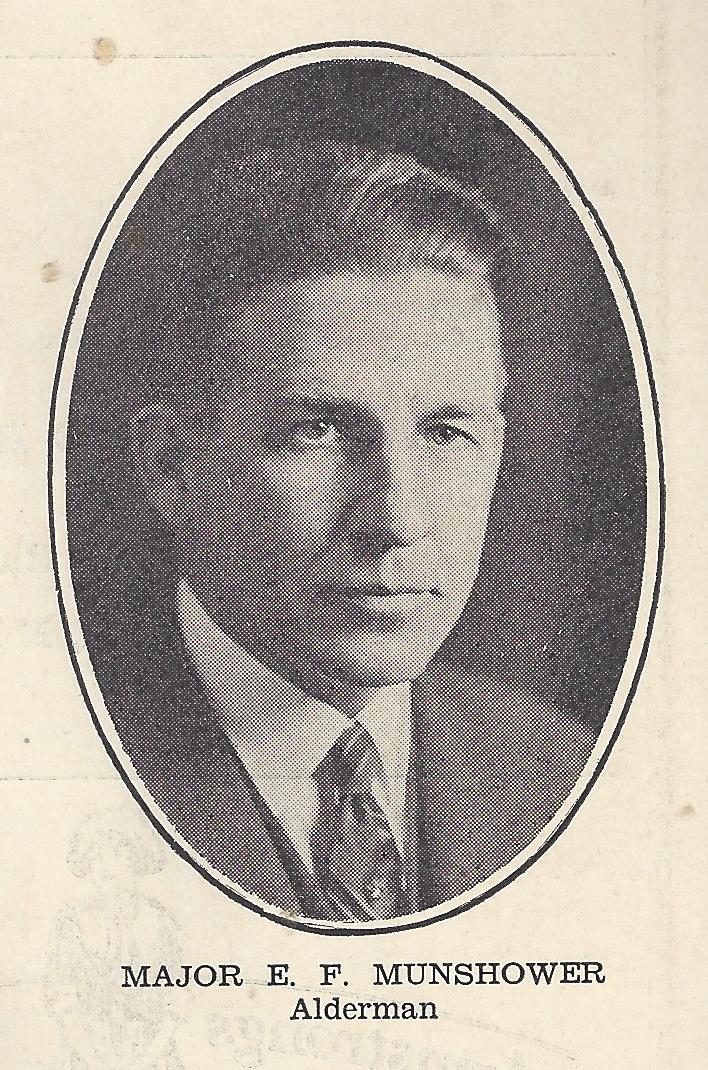

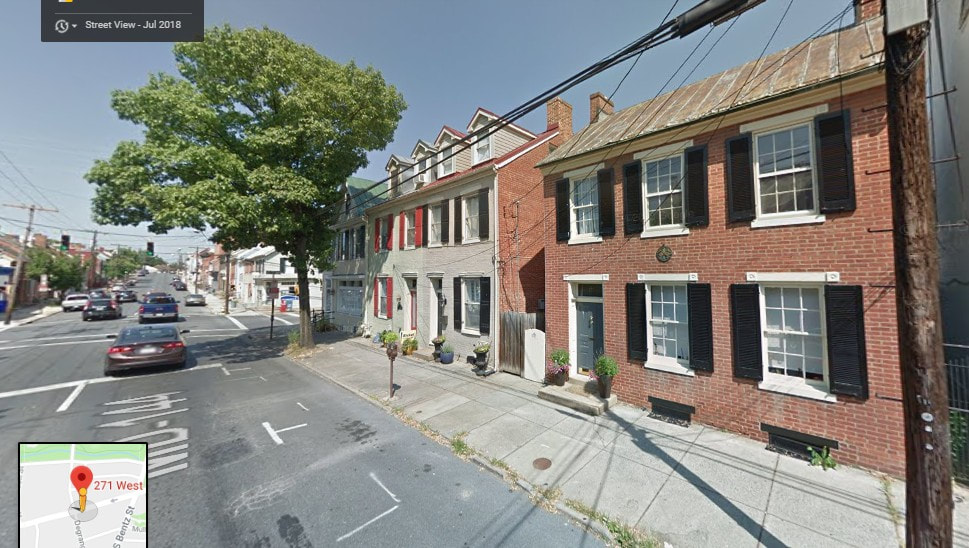


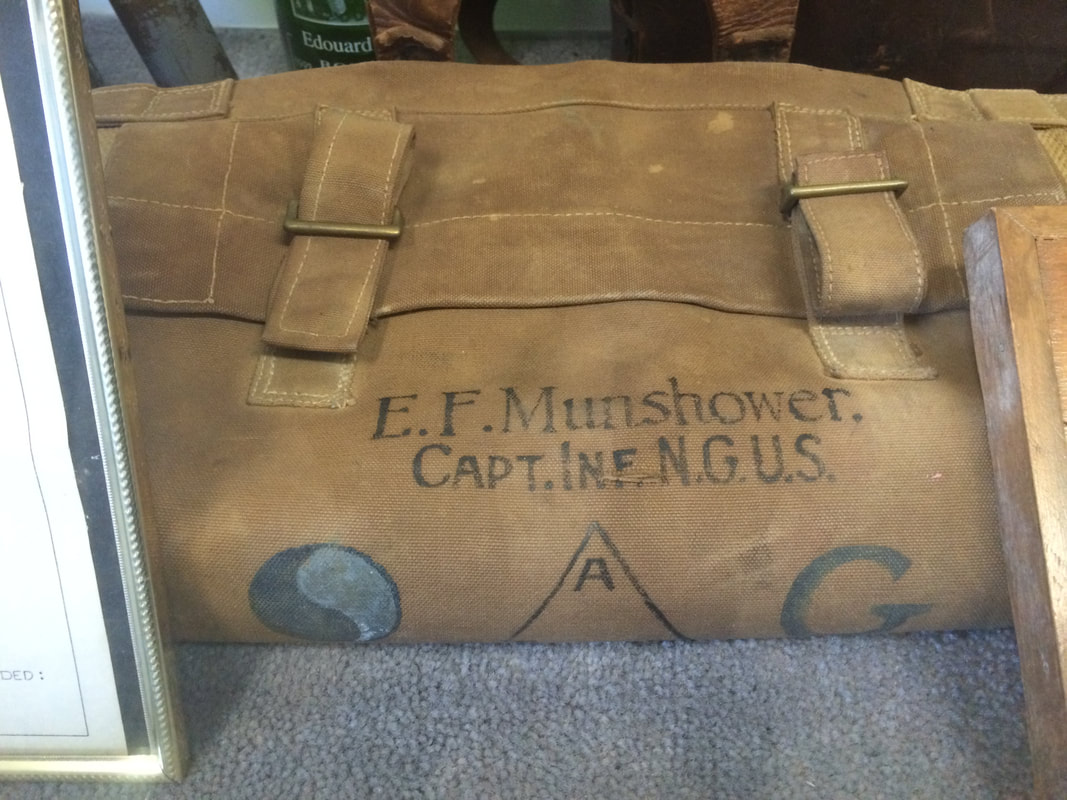


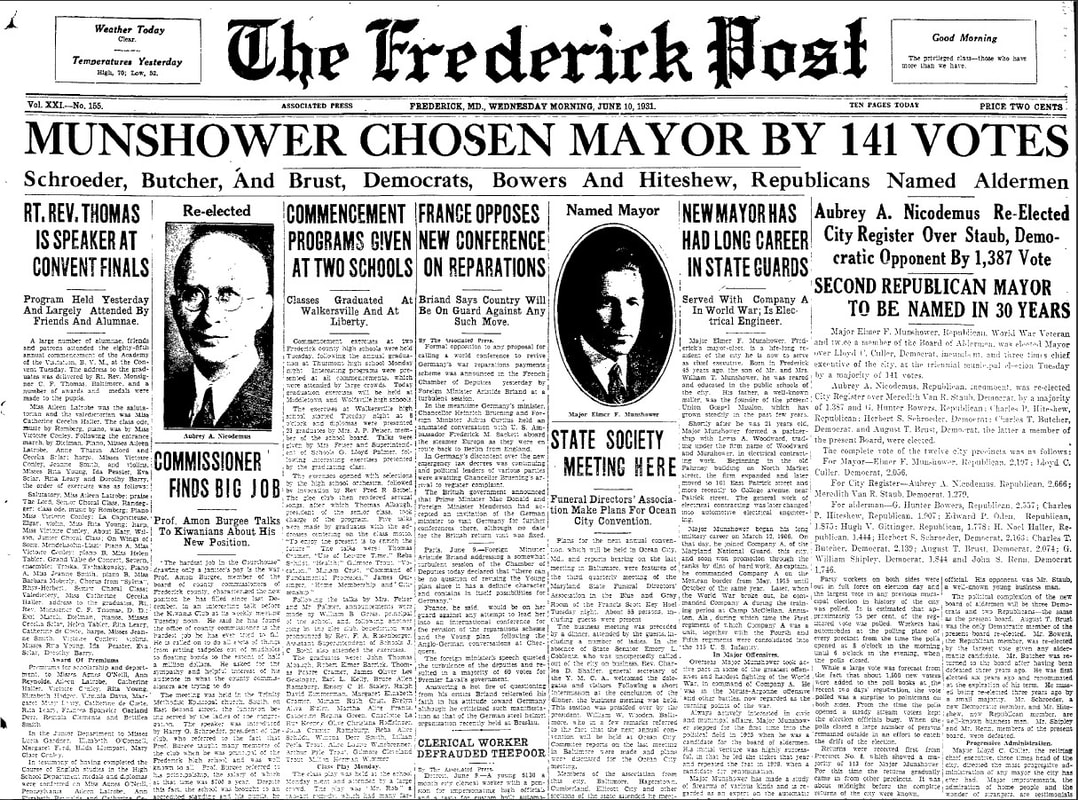
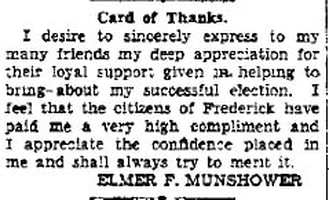



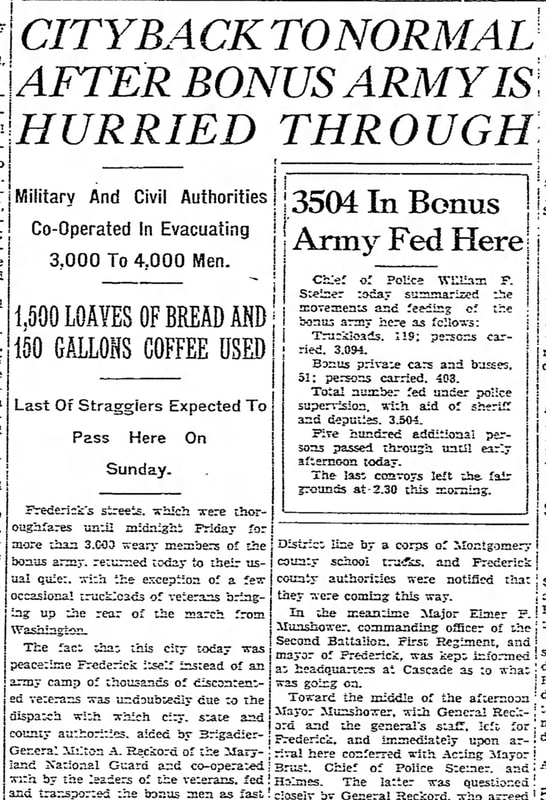







 RSS Feed
RSS Feed